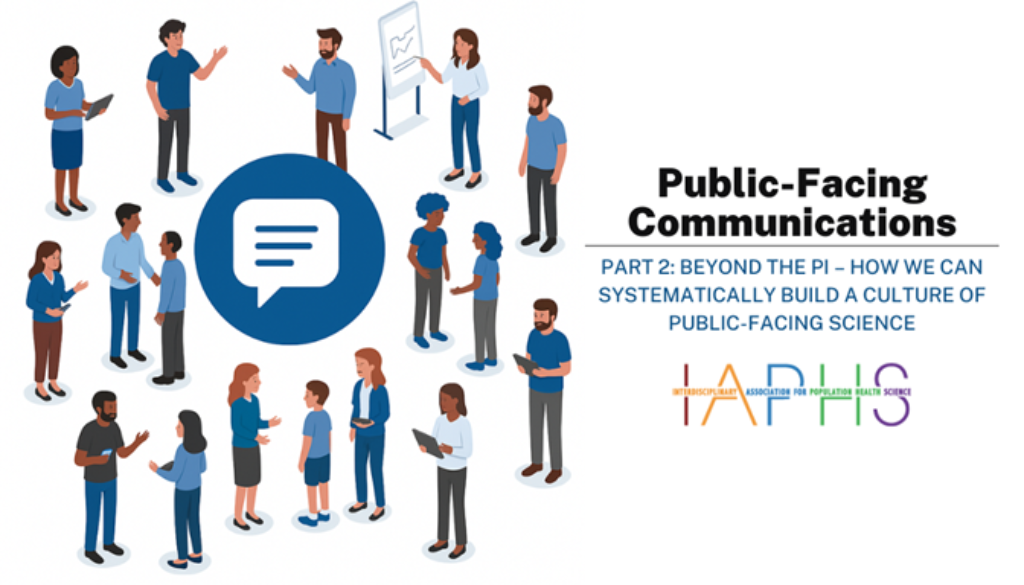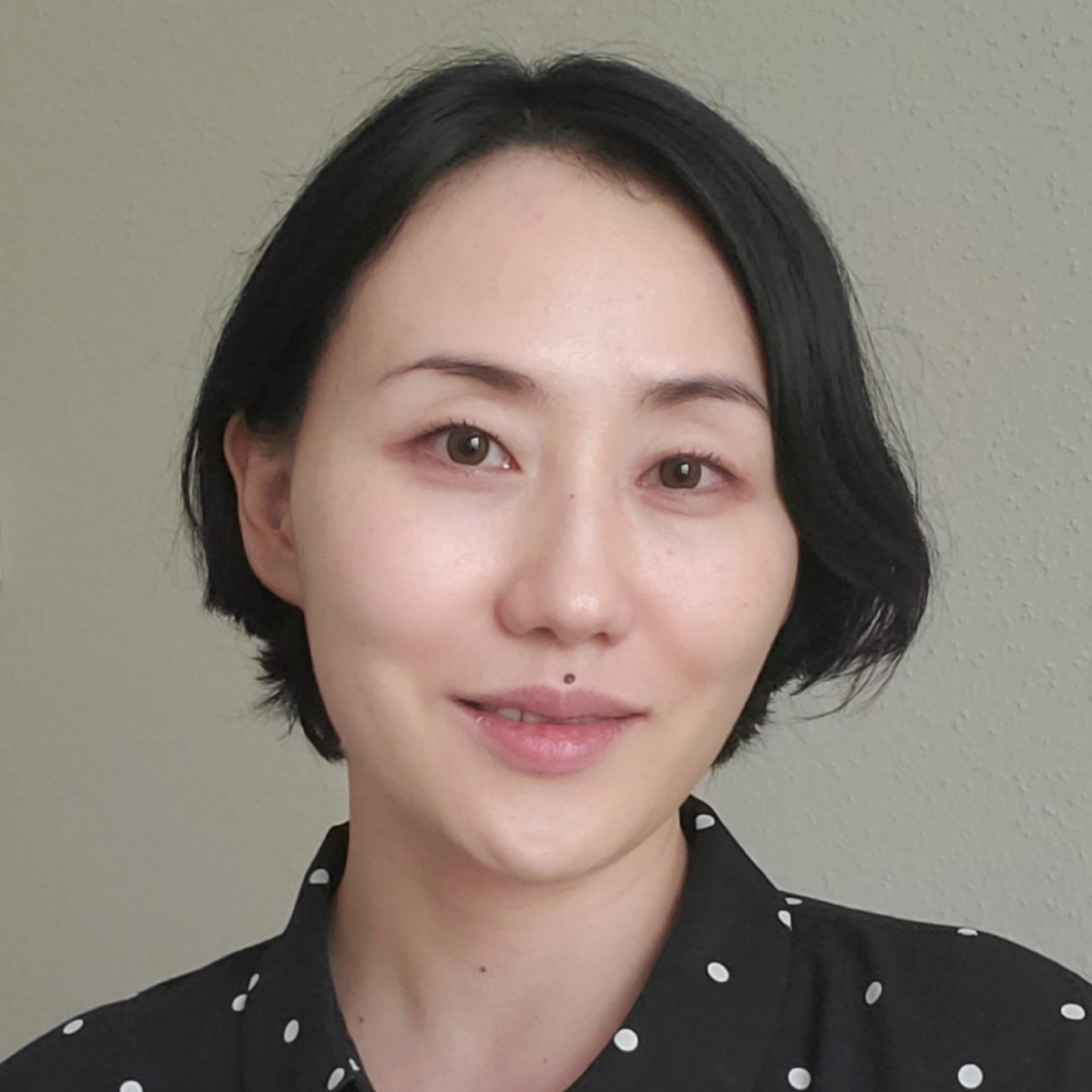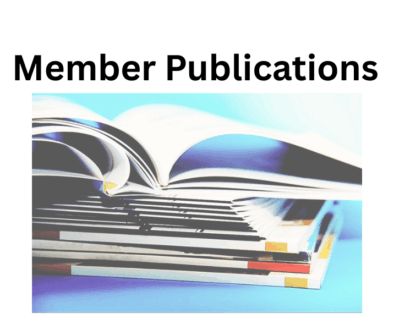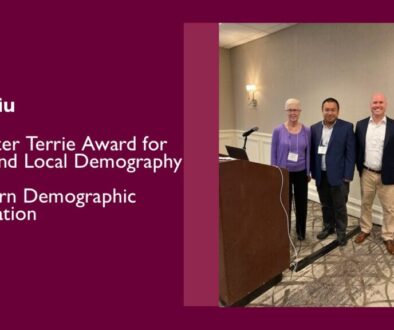Public-Facing Communications, Part 2: Beyond the PI – How We Can Systematically Build a Culture of Public-Facing Science
Ryan SukIn an era of heightened public skepticism and politically charged funding decisions, research scientists are increasingly aware that publishing a journal paper isn’t enough. The pressure to communicate clearly, proactively, and publicly is growing (as discussed in Part 1 of this series). Yet most institutions remain structured around a traditional academic model that rewards scientific publications, grants, and citations, but not public engagement.
While individual researchers have increasingly embraced the call to engage more openly and accessibly with the public, it’s time to ask a fundamental question: What systemic changes are needed to support and sustain public-facing communication as an integral dimension of research impact?
Rethinking the Incentive System
At most universities and academic institutes, the reward system still operates on a publish-or-perish model. Meanwhile, public engagement is often seen as extracurricular (service) — or, worse, a distraction —when in fact, it should be recognized as a central component of research impact. This needs to change. Institutions should do better to recognize public-facing communication as a form of research impact, as the American Association for the Advancement of Science suggests.
This means integrating public engagement into tenure and promotion criteria, allocating funding for public-facing science support, and offering professional development that treats science communication as a core professional competency, not a peripheral or secondary skill.
At my primary institution, Emory School of Nursing, significant efforts have been made to improve faculty involvement in public-facing science. We have a public engagement relationship manager who is a nurse and a journalist. She maintains relationships with consumer-facing media outlets and helps faculty craft general-audience communications. This role is part of a broader effort to align research visibility with the institutional leadership’s mission to increase public trust and relevance. In addition to this liaison role, our institution also formally credits and acknowledges faculty members who engage in public-facing communication, counting this toward evaluation — sending a clear message from leadership that such work is valued. Faculty often want to engage; they need help navigating how and where, and they need assurance that doing so will be recognized as part of their core responsibilities rather than treated as a distraction from their main work.
Academic Entrepreneurship: A Cultural Shift
This institutional recognition is most crucial, but it also calls for a broader cultural shift in how research scientists view their role. I believe in entrepreneurship — and not only because my first career was in the organizational leadership field. I genuinely believe that research and academia can benefit from adopting principles of entrepreneurial thinking. This doesn’t necessarily mean turning scientists into marketers or commercializing every discovery. Rather, it means treating public-facing communication as part of the opportunity discovery process (e.g., identifying unmet needs) and research design—something mixed into the project’s value proposition and delivery strategy from the beginning, not just added at the end.
Scholars such as Horwitz (2021, 2025) argue that adopting an entrepreneurial mindset helps researchers bring their ideas to broader audiences and increase impact. Cohen et al (2022, 2024) go further to suggest that researchers can act as “institutional entrepreneurs,” championing cultural and structural change to normalize engagement as a shared academic responsibility. Such entrepreneurial thinking encourages researchers to more proactively consider their audience, the message, and the delivery channels from the outset. It values agility, relevance, and responsiveness — qualities that align naturally with the goals of public scholarship. In this framework, instead of leaving communication to chance or delegating it as an afterthought, researchers are encouraged to embed strategic public engagement into the research pipeline. Institutions can foster this cultural shift by more strategically incorporating their communications practitioners into research workflows, supporting and training researchers in strategic thinking, and creating more internal awards or seed grants for translation and engagement.
Just as startups iterate based on user engagement, scientists can benefit from treating the broader public not as a passive audience, but as collaborators and end-users with critical insight. By applying entrepreneurial logic to science communication, we move toward a model where research impact is measured not only by peer citation counts but by societal relevance and resonance.
Team Science, Shared Responsibility
I recently sat down with Rose Hayes, MA, RN, BSN — Director of External Engagement at Emory School of Nursing and the public engagement relationship manager referenced earlier. She suggested a very feasible model that’s especially relevant to population health science and grounded in a team science approach. The expectation that a principal investigator (PI) must do everything, including public engagement, can sometimes be burdensome and inefficient. In this team-based model, the PI may guide the scientific direction while postdocs, research assistants, or professional communicators can translate and share the work with public audiences. As Rose put it: For example, a student with social‑media expertise can package key findings into general-audience threads; the PI safeguards rigor and methods in the messaging; and perhaps a team member embedded in a local faith community can arrange a booth or panel at the next church fair. Public scholarship is dynamic and team‑defined; it can be implemented much closer to home, not just a viral post or a CNN interview.
As Rose has observed in her experience working with our faculty, many researchers express interest in public-facing communication but feel overwhelmed by time constraints or unsure how the effort might benefit or hurt them professionally. This observation aligns with Hendriks & Bromme (2022), who found enthusiasm tempered by hesitancy, and with Besley et al. (2018), showing that perceived time and support strongly predict scientists’ willingness to engage. Reports from the National Academies (2009, 2017) and NIH/NIGMS (2017) further affirm that effective science communication must be strategically planned and integrated from the beginning of a project and treated as a shared responsibility across researchers, communication staff, and institutions. By integrating communication practitioners or designating tasks among early-career team members, projects can normalize communication as a collaborative endeavor rather than a solo obligation.
When researchers see communication as a shared part of team science, supported by leadership and tailored to individual strengths, it becomes not a distraction, but a core strategy for extending research impact.
Designing for Impact!
Ultimately, institutional support for science communication must be both intentional and tangible—not symbolic. It requires real investment in policies, people, and platforms that reflect a clear vision: public engagement is not peripheral; it is part of how research achieves impact.
This raises critical questions: Do our evaluation systems reward faculty for building trust beyond the academy? Are there institutional structures that make it easier — not harder — for teams to designate time, staff, and resources toward public engagement? Are we teaching graduate students that public communication is part of their scholarly identity, not a skill for someone else?
If we want research to matter to the public, we need systems that make the public matter to research. The question is no longer whether public-facing science is valuable, but whether our institutions understand that research and scholarship aren’t about prestige or peer appraisal. They are about public trust and social impact.






All comments will be reviewed and posted if substantive and of general interest to IAPHS readers.